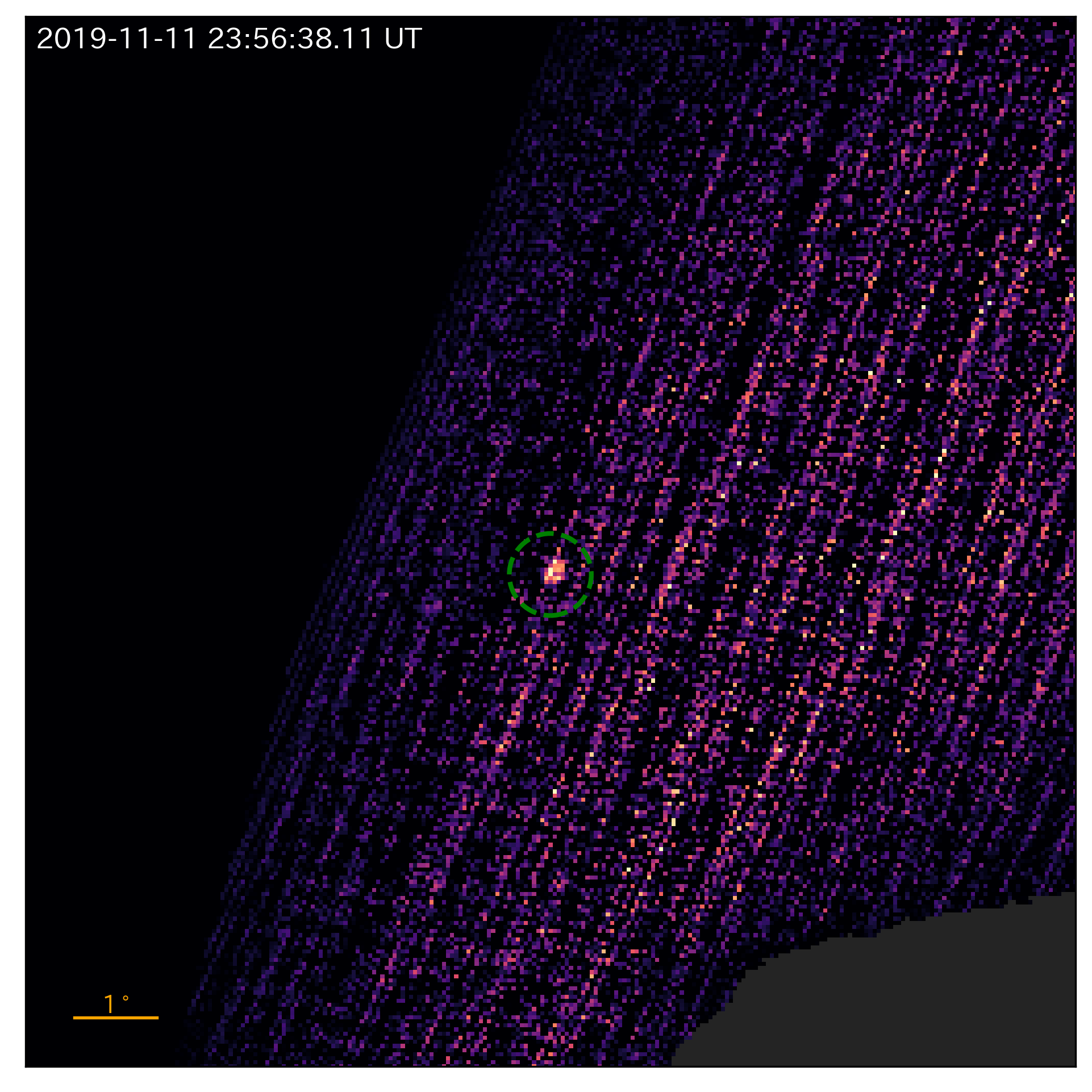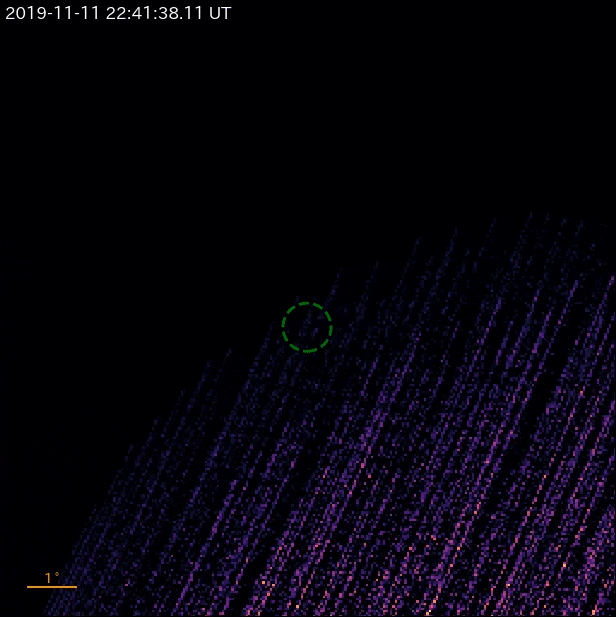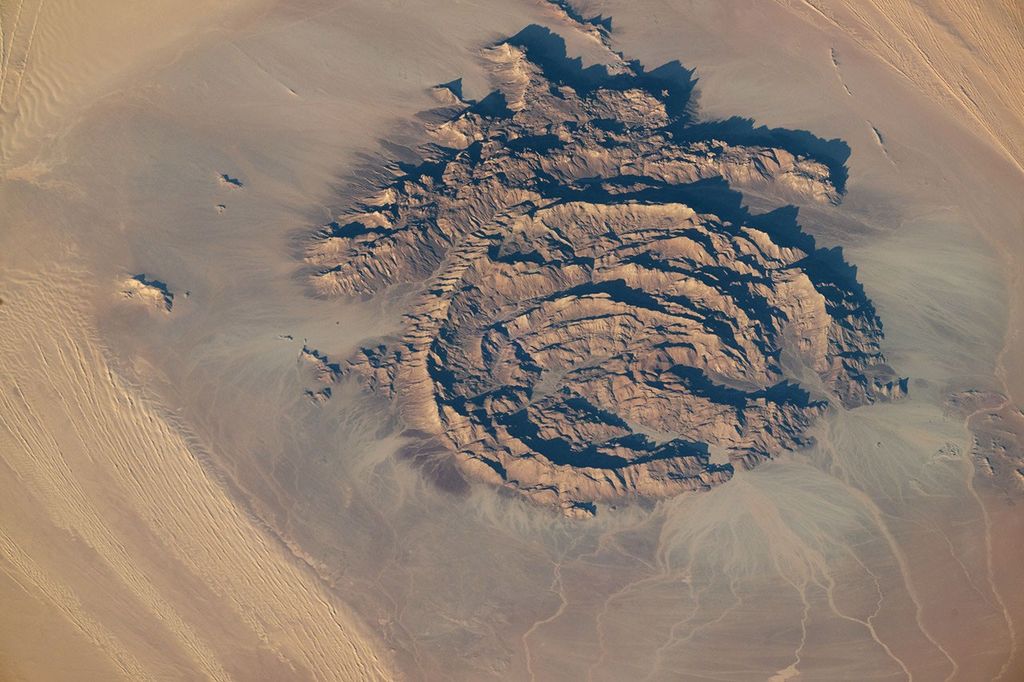University students and researchers working on a NASA mission orbiting a near-Earth asteroid have made an unexpected detection of a phenomenon 30 thousand light years away. Last fall, the student-built Regolith X-Ray Imaging Spectrometer (REXIS) onboard NASA’s OSIRIS-REx spacecraft detected a newly flaring black hole in the constellation Columba while making observations off the limb of asteroid Bennu.

REXIS, a shoebox-sized student instrument, was designed to measure the X-rays that Bennu emits in response to incoming solar radiation. X-rays are a form of electromagnetic radiation, like visible light, but with much higher energy. REXIS is a collaborative experiment led by students and researchers at MIT and Harvard, who proposed, built, and operate the instrument.
On Nov. 11, 2019, while the REXIS instrument was performing detailed science observations of Bennu, it captured X-rays radiating from a point off the asteroid’s edge. “Our initial checks showed no previously cataloged object in that position in space,” said Branden Allen, a Harvard research scientist and student supervisor who first spotted the source in the REXIS data.
Credits: NASA’s Goddard Space Flight Center
This video is public domain and can be downloaded along with related products from Goddard’s Scientific Visualization Studio.
The glowing object turned out to be a newly flaring black hole X-ray binary – discovered just a week earlier by Japan’s MAXI telescope – designated MAXI J0637-430. NASA’s Neutron Star Interior Composition Explorer (NICER) telescope also identified the X-ray blast a few days later. Both MAXI and NICER operate aboard NASA’s International Space Station and detected the X-ray event from low Earth orbit. REXIS, on the other hand, detected the same activity millions of miles from Earth while orbiting Bennu, the first such outburst ever detected from interplanetary space.
“Detecting this X-ray burst is a proud moment for the REXIS team. It means our instrument is performing as expected and to the level required of NASA science instruments,” said Madeline Lambert, an MIT graduate student who designed the instrument’s command sequences that serendipitously revealed the black hole.
X-ray blasts, like the one emitted from the newly discovered black hole, can only be observed from space since Earth’s protective atmosphere shields our planet from X-rays. These X-ray emissions occur when a black hole pulls in matter from a normal star that is in orbit around it. As the matter spirals onto a spinning disk surrounding the black hole, an enormous amount of energy (primarily in the form of X-rays) is released in the process.

“We set out to train students how to build and operate space instruments,” said MIT professor Richard Binzel, instrument scientist for the REXIS student experiment. “It turns out, the greatest lesson is to always be open to discovering the unexpected.”
The main purpose of the REXIS instrument is to prepare the next generation of scientists, engineers, and project managers in the development and operations of spaceflight hardware. Nearly 100 undergraduate and graduate students have worked on the REXIS team since the mission’s inception.
NASA’s Goddard Space Flight Center in Greenbelt, Maryland, provides overall mission management, systems engineering, and the safety and mission assurance for OSIRIS-REx. Dante Lauretta of the University of Arizona, Tucson, is the principal investigator, and the University of Arizona also leads the science team and the mission’s science observation planning and data processing. Lockheed Martin Space in Denver built the spacecraft and provides flight operations. Goddard and KinetX Aerospace are responsible for navigating the OSIRIS-REx spacecraft. OSIRIS-REx is the third mission in NASA’s New Frontiers Program, which is managed by NASA’s Marshall Space Flight Center in Huntsville, Alabama, for the agency’s Science Mission Directorate in Washington.
For more information on NASA’s OSIRIS-REx mission, visit:
https://www.nasa.gov/osiris-rex
and
https://www.asteroidmission.org
By Brittany Enos
University of Arizona





























